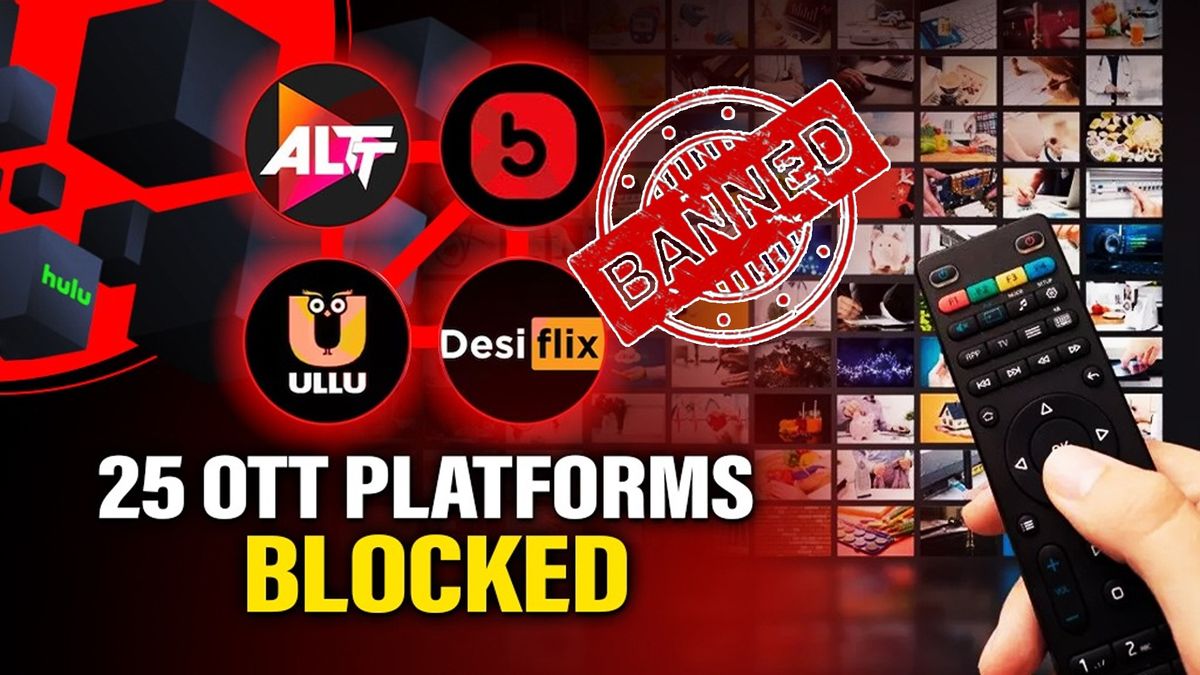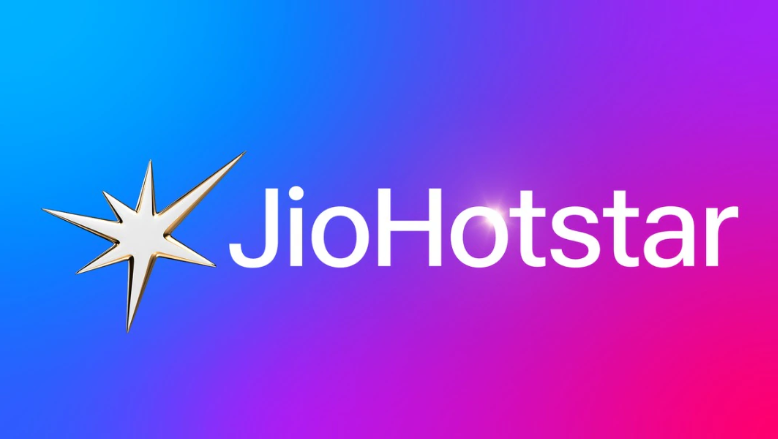The Indian government's crackdown on OTT content took a sharp turn this week, with several platforms like Desiflix, ULLU, ALTT, and others being banned for violating content guidelines. These platforms were accused of streaming soft-pornographic material under the label of adult or erotic web shows. The move has received widespread support from those concerned about rising vulgarity online and the lack of regulation on what minors may be exposed to.

Authorities cited violations under the Bharatiya Nyaya Sanhita Act, the IT Act, and the Indecent Representation of Women (Prohibition) Act. The decision reflects a growing intent to establish stronger content boundaries in the ever-expanding world of digital entertainment. However, the controversy has not ended there. In fact, it has opened up an even more complicated debate.
Even as these platforms go dark, the focus is now shifting to mainstream OTT players, particularly JioHotstar. Audiences are raising a fair but uncomfortable question. If the government is serious about protecting public decency, how does it justify the continued flood of highly sensual condom ads on platforms like JioHotstar, especially during prime-time or family viewing slots?
These ads are not subtle. Many are stylized to the point where they feel more provocative than informative. While condom promotion plays a vital public health role, especially in spreading awareness around safe sex and reproductive health, the way these ads are being presented has triggered genuine concern. Parents have reported awkward moments with children while watching movies or sports. Some ads even appear on profiles marked for underage viewing.

It raises a sharp inconsistency in the regulatory framework. Explicit shows on smaller platforms are being called out, but provocative advertising seems to escape scrutiny under the same standards. The core issue is not whether condom ads should exist, but how they should be framed and when they should be shown. The blurred line between educational content and sensational content is where the audience discomfort is stemming from.
This exposes a deeper challenge for policymakers. On one hand, India needs to foster awareness about sexual health and break taboos. On the other, content that borders on obscenity, even in the form of ads, can’t be allowed to disrupt public sensibility, especially during family-friendly hours. As more platforms grow in reach and viewership, the question is no longer just about banning certain types of shows. It’s about regulating intent, delivery, timing, and audience protection at every level.
With this growing public scrutiny, JioHotstar and other major platforms may soon find themselves in the middle of a larger conversation. One where even advertisements are held to the same standards of decency as long-format content. The clean-up has only just begun, and the road ahead will demand more clarity, consistency, and cultural sensitivity in how digital content is monitored across India.
For more updates on India’s digital regulation and the future of OTT content, follow Binge Moves on Instagram and Facebook.











